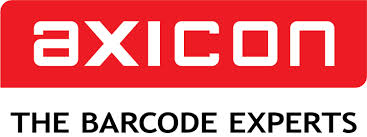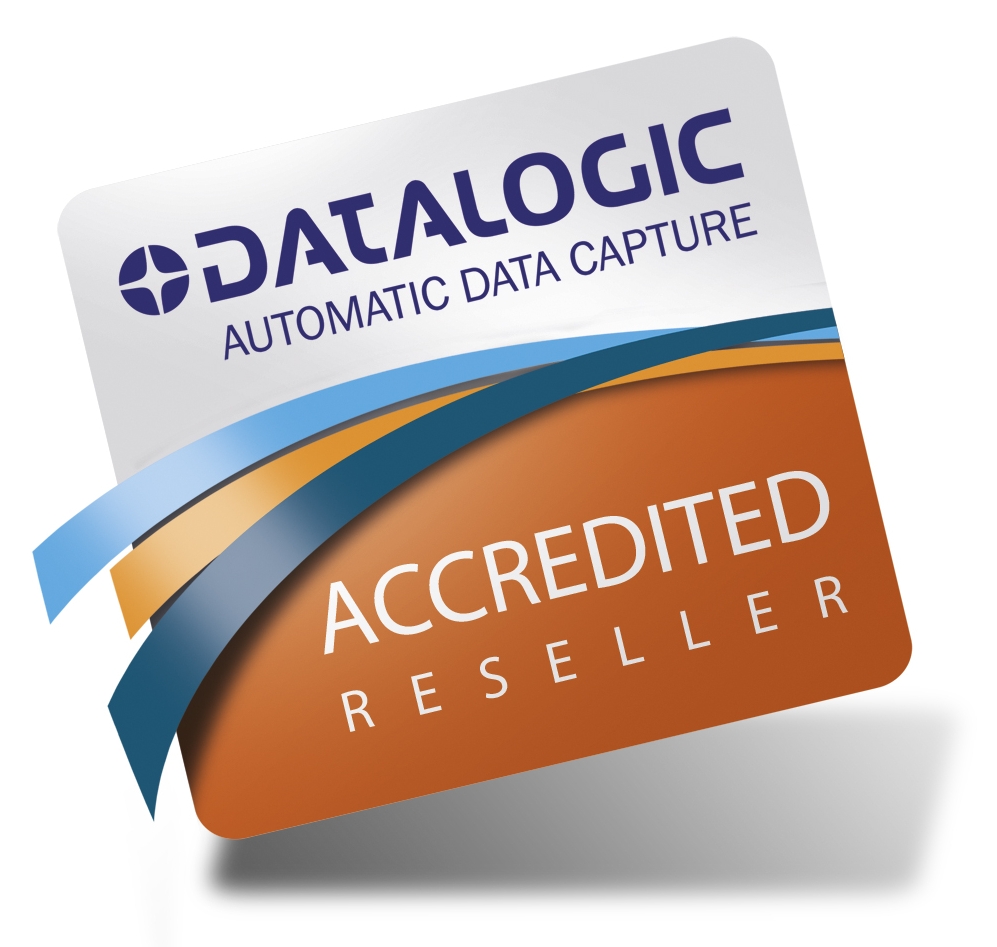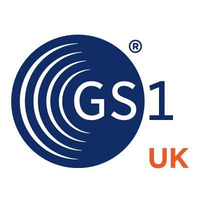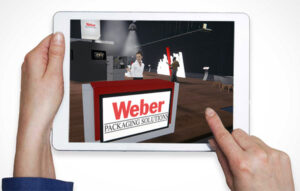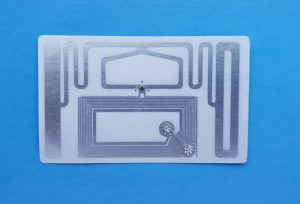
RFID – the abbreviation stands for “Radio Frequency Identification”. Translated, that means “identification with the help of electromagnetic waves”. When it comes to logistical or product-related applications, more often than not a very specific form of RFID technology is at the center of what is happening: the so-called “smart label”.
In addition, there is a tiny RFID chip, which is connected to an ultra-flat antenna.
The composite is very thin, so that on the front side of the label standard printing with the usual methods is possible. During labeling, for example with a label printer, it automatically receives a encoded message in addition to the barcode and plain text in the chip.

The code is electronically readable without line of sight and contactless.
Even multiple labels can transmit their information at the same time.
No power supply is required. The radio waves from the reader give the chip enough power to provide the unique code back.
Contactless, without line of sight, without battery
For logistical applications the a UHF frequency range between 850 to 950 MHz is used. These wavelengths allow the information to be read even from a distance of several meters. Special UHF readers are available in many variants for all possible applications in production and supply chain. For example, this technique can simultaneously identify and count all boxes on a pallet. Or individual items in a closed package for product reconciliation.
Hybrid RFID: Two frequencies in one label
Retailers will need to engage more consumers in the future as they digitize and integrate the online sales channel with all other distribution channels (omnichannels). It would therefore be advantageous if the RFID information in the labels could also be used in order to retrieve further information about the product on the Internet, for example. Or to enter into dialogue with the manufacturer via their own website or contact page.
It does not work, because the necessary UHF readers are not available to him. Although modern smartphones can also work with RFID technology. But the frequency range of the NFC technology used there is in the HF band at 13.56 MHz.
This is the starting point for a technology developed by the manufacturer Identytag from Bad Berleburg: the RFID hybrid label.

The chip is connected not only to a single antenna in the label, but simultaneously to two antennas: an RF antenna in the form of a coil (Fig. 4 / lower section) and a UHF antenna in the form of a dipole (Fig. upper area).

Thus, the information can be read by a smartphone.
This novel technology opens up a multitude of new potential applications that industry and commerce will now continue to develop. We can look forward to what opportunities arise.
Incidentally, Weber Packaging Solutions offer a variety of solutions and products to enable the use of RFID in production and logistics: from RFID label printers to automatic RFID Labelling Systems. Companies such as Rehau are also successfully using the technology with our products in production control to ensure just-in-time delivery to their customers.



